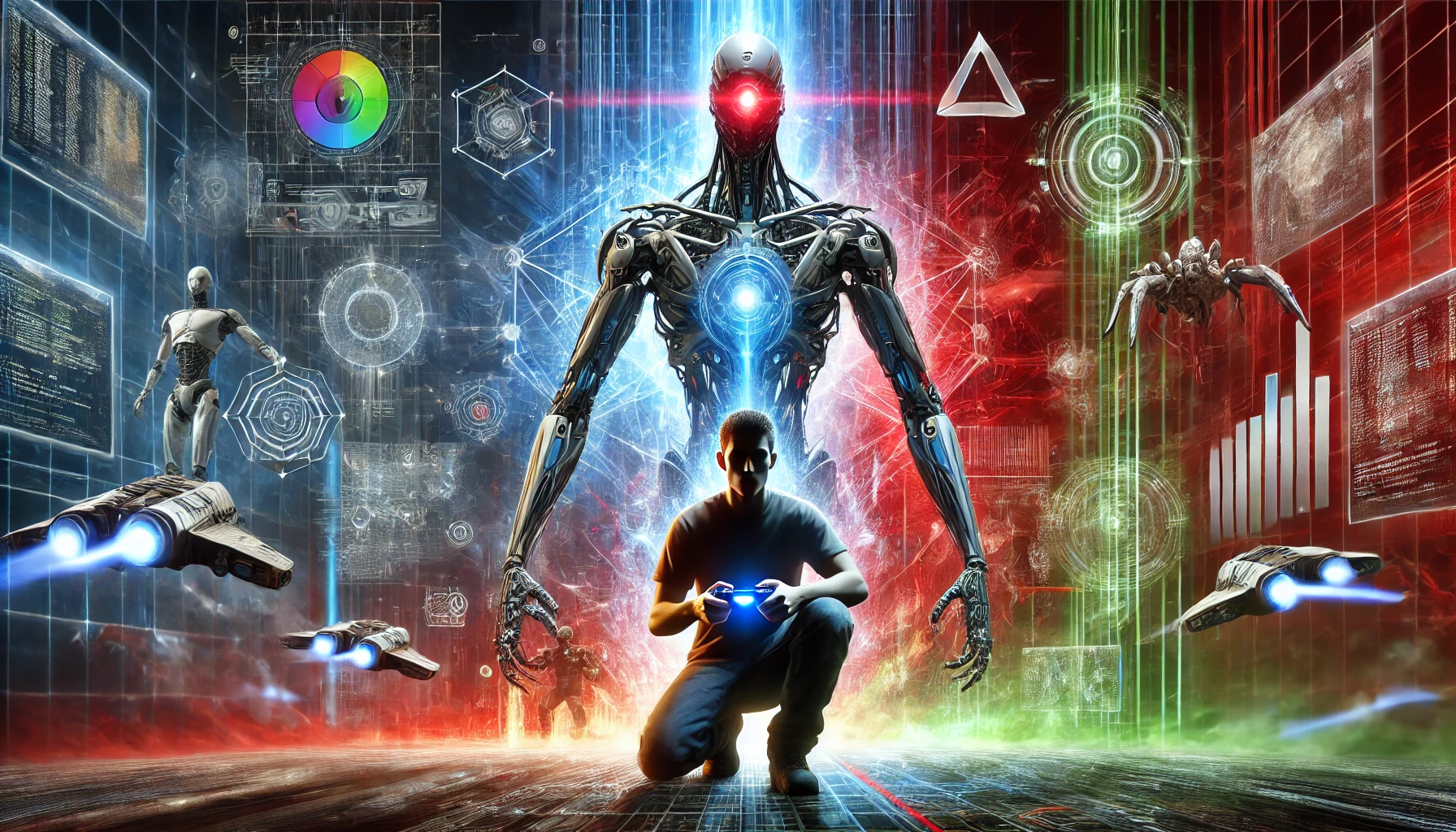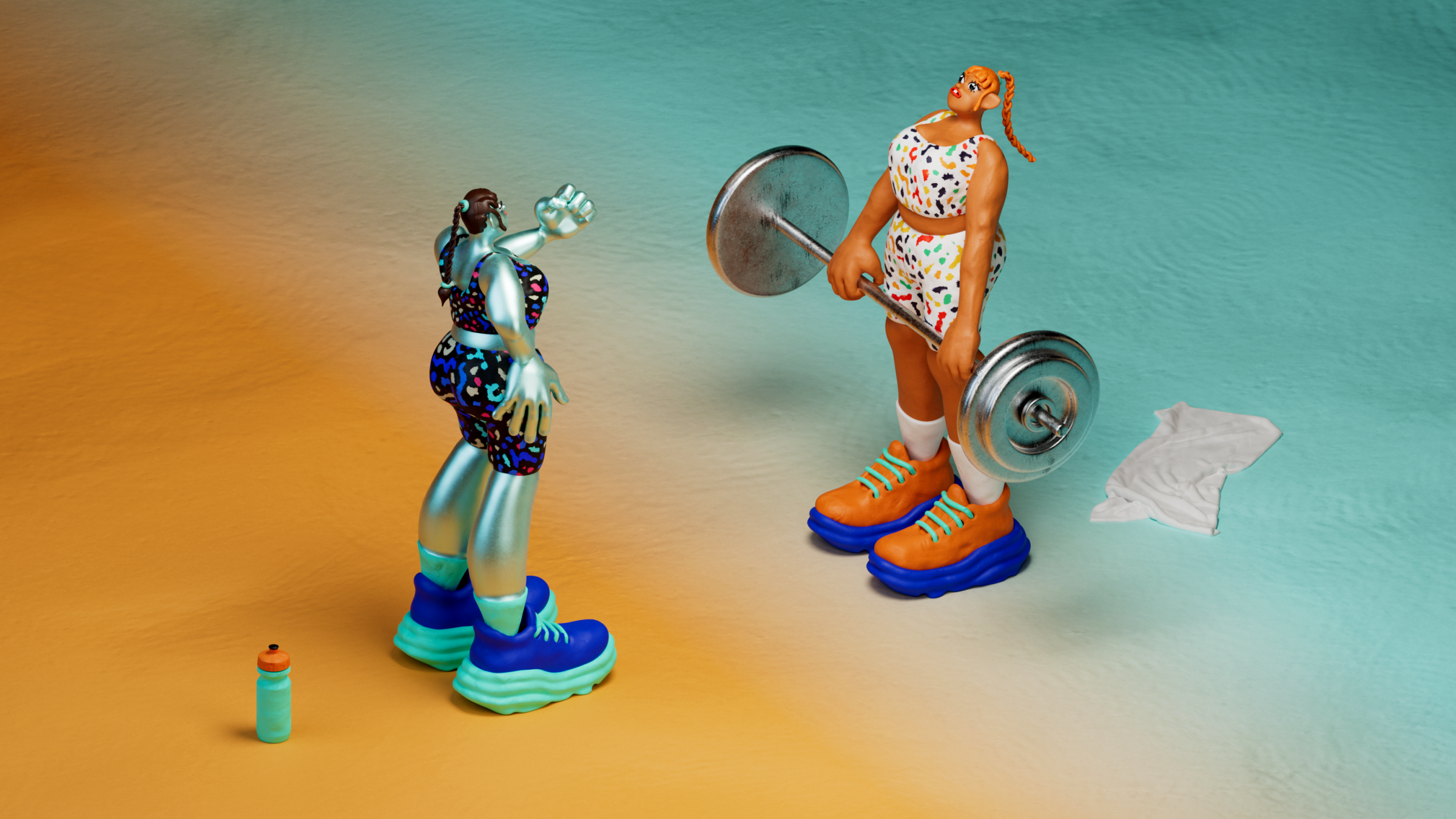From the rise of 3D graphics to the explosion of mobile gaming, technological progress has always driven the gaming industry forward.
AI marks the latest chapter in its evolution. Once the masters of their virtual worlds, game developers must confront a fundamental question: What role will human creators play in an industry dominated by AI-driven processes?
And beyond that, what are the broader ethical challenges of a world where AI, video games, and human lives increasingly intertwine?
Developers are already talking about how AI might transform the industry, but they’re also raising concerns.
A recent survey by the Game Developers Conference found that 84% of developers are somewhat or very concerned about the ethics of generative AI, from fears of job displacement to issues like copyright infringement and the risk of AI systems scraping game data without consent.
At Hong Kong-based Gala Technology, the sense of urgency has reached a fever pitch. CEO Jia Xiaodong confessed to Bloomberg News, “Basically every week, we feel that we are going to be eliminated.”
The company has entered full crisis mode, freezing non-AI projects, mandating machine learning crash courses for department heads, and even tempting $7,000 bonuses for innovative AI ideas.
In the US, gaming giants like Electronic Arts and Ubisoft are similarly pouring millions into AI research, even as they weather waves of layoffs and restructuring.
For those on the front lines of game development, AI displacement is already picking up pace. In 2023, 10,500 game developers will lose their jobs across over 30 studios.
“I’m very aware that I could wake up tomorrow and my job could be gone,” confesses Jess Hyland, a video game artist with 15 years of experience under her belt. Hyland told the BBC that she’s already heard of colleagues losing gigs because of AI.
There’s a sense of inevitability that this trend will only accelerate. Masaaki Fukuda, a Sony’s PlayStation division veteran who now serves as vice president at Japan’s largest AI startup, explained, “Nothing can reverse, stop, or slow the current AI trend.”
When machines dream of electric sheep
For decades, video games have been the product of intensely collaborative human effort, melding the skills of artists, writers, designers, and programmers into immersive, interactive experiences.
Now that AI systems can generate levels, worlds, and even entire games from simple text prompts, the nature of authorship is being questioned.
Take GameNGen, an AI model developed by Google and Tokyo University that generates fully playable levels for first-person shooters in real-time, making them nearly indistinguishable from those crafted by human designers.
Or consider DeepMind’s Genie, a foundation model that can generate interactive 2D environments from rough sketches or brief descriptions, blending elements from existing games to create entirely new worlds with distinct logic and aesthetics.
These examples showcase the direction of travel for AI in game development, a glimpse of what we might expect to see in a few years as AI advances.
However, change is already very much in the pipeline. AI tools like Unity’s Muse are actively reshaping game design workflows today, automating asset creation, animation, and environmental building.
This level of AI integration is already making it possible for developers to accomplish in hours what once took days. The intention is to remove the drudgery of repetitive tasks while leaving artistic control primarily in human hands.
For some in the industry, these tools and others herald a new era of democratized creation. “AI is the game changer I’ve been waiting for,” stated Yuta Hanazawa, a 25-year industry veteran who recently founded an AI game art company.
Hanazawa believes that AI will “revitalize the entire industry ” by liberating developers from the drudgery of asset creation, enabling a newfound focus on innovative gameplay and storytelling.
Yosuke Shiokawa, founder of a two-year-old AI gaming startup, similarly predicts that “soon, it will be a matter of your creativity, not your budget, that determines the value of games.”
However, others fear that the rise of generative AI threatens to reduce human artists to mere machine operators, endlessly fine-tuning and debugging its output.
“The stuff that AI generates, you become the person whose job is fixing it,” Hyland said. It’s not why I got into making games.”
The double-edged sword of democratization
For AI evangelists, one of the technology’s most tantalizing promises is the radical democratization of game creation.
They envision a future in which anyone with a spark of imagination can conjure their dream game with a few simple prompts, where the line between player and creator blurs into irrelevance.
But for each individual intoxicated by the prospect of AI-powered creative freedom, there’s at least one skeptic.
Chris Knowles, a veteran game developer and founder of the indie studio Sidequest Ninja, points to cloned games that are already plaguing app stores and online marketplaces.
“Anything that makes the clone studios’ business model even cheaper and quicker makes the difficult task of running a financially sustainable indie studio even harder,” Knowles cautions.
He and many others fear that the advent of AI-assisted game generation will only exacerbate the problem, flooding the market with predominantly derivative, low-effort content.
There’s also the risk of creative homogenization. If every developer is drawing from the same small pool of AI models and associated datasets, will the result be a gaming landscape that feels increasingly generic and interchangeable?
Will the idiosyncrasies and happy accidents that often define truly memorable games be lost in the pursuit of algorithmic optimization?
AI gaming’s ethical minefields
AI’s role in game development is blurring the line between the virtual and the real – pushing gaming closer to its long-standing goal of creating immersive, lifelike experiences.
Many games already allow players to customize their digital personas. With AI-powered tools capable of generating hyper-realistic, photo-quality images, the potential for players to create avatars that uncannily resemble real individuals – and then use those avatars for exploitative or abusive purposes – is disturbingly high.
The building blocks for these scenarios have already been laid. For example, the recent case of Spanish schoolchildren using AI ‘games’ to generate nude images of their classmates illustrates how easily these tools can be weaponized, especially against vulnerable populations like women and minors.
AI ‘games’ capable of producing explicit or abusive imagery are rife on the Apple App Store and Google Play, and age limits largely ineffective.
Transpose this same dynamic into the context of more immersive, detailed gaming environments, and the potential for harm is enormous.
Further, moderating AI’s functionality to prevent this form of abuse or manipulation is exceptionally tricky, if not impossible. All AI models, no matter how sophisticated, are vulnerable to jailbreaking. This involves finding loopholes or weaknesses in moderation systems to generate content that’s supposed to be restricted.
Filters designed to block explicit content often become the very target for manipulation by players who push AI systems to their limits, creating content that breaks ethical boundaries.
The challenge is ensuring AI doesn’t undermine the very communities it aims to enhance – both among gamers and across wider society. Developers, studios, etc., can’t just push the boundaries of what AI can do but also understand where AI stops being a tool and starts taking over our lives – our mental faculties – our culture, our creativity, our selves.
In the end, the conversation around AI in gaming isn’t about whether it will happen – it already has. The focus needs to shift towards ensuring that AI complements rather than erases human creativity while preventing forms of harm and misuse.





